After two-and-a-half years only nine out of 129 racetracks in the United States have switched to a synthetic surface – be it Pro-Ride, Polytrack, Tapeta or Cushion Track.
After the forum in New York, where racing experts with various areas of expertise gave their input into the value of racing on synthetic surfaces, nobody was rushing out to put one in.
In fact, the over-riding sentiment – with no dissention - coming out of the forum was that more time and more data was needed to evaluate the entire set-up of synthetic track surfaces – starting, very importantly, right from the credentials of the suppliers of the track, to every detail of track maintenance and every available record of horse performance and injury.
One top trainer, Todd Pletcher, estimated the United States could be as much as ten years away from being able to draw any concrete conclusions on the subject – and they’ve got a two-and-a-half year start on Queensland!
Put quite simply, the participants in the New York forum agreed that the evidence on the value of synthetic surfaces was inconclusive. Their implied future course of action was to gather more data and re-evaluate the situation at a later time.
The timing of this first-ever forum into synthetic track surfaces at the end of July was spot-on to provide Queensland Racing with fair food for thought.
Their present course of action, deciding to go ahead with a Cushion Track at Toowoomba, would appear to fly in the face of the logic exposed at the New York forum.
But before you get too excited about that (remember this is designed to be a factual assessment and not an emotional one) the following should be considered – and they are obvious points.
Firstly, there are marked differences in the arguments as they pertain to Australia and the United States.
There, the argument is about dirt as opposed to a synthetic surface. Here the argument is about grass as opposed to a synthetic surface.
Adverse weather has a more detrimental effect on grass than it does on dirt therefore grass track meetings are more at risk if there is no alternative surface available.
Secondly, synthetic tracks themselves can differ from one supplier to another so any general evidence can, by implication, only be of a general nature and should be weighed up as such.
Thirdly, New York Racing was making assessments about synthetic surfaces when they were under a bankruptcy ruling and so they couldn’t have afforded to put in synthetics surfaces if they wanted to.
Did their financial position taint the evidence? You’ve got to say that would be unlikely, given the high standing of the forum participants.
Lastly, but certainly not of least importance, is the special circumstances of the Toowoomba track itself with its problematic grass surface and its chronic water shortage.
Particular circumstances might need a particular resolution – and the decision of QRL should be weighed up in that context – but unless racing in Toowoomba is facing extinction within the next twelve months, even particular resolutions can be given a more measured timeframe.
Having said all of that, a general consensus of opinion can still be determined on the future of synthetic surfaces in racing. If that opinion is sourced correctly, as it was from experts at the New York forum, even an inconclusive verdict has its value.
Compare the views expressed by industry leaders in New York to the current argument in Queensland, where racing on the Cushion Track has only been on the go for four months (and only eight meetings) and it should be easy to recognise which opinion is more valuable and therefore which course of action - waiting or wading in - should follow.
That the Cushion Track will have a value to racing in the future seems sure, but that value is clearly yet to be determined.
The conclusion to this article therefore takes the form of a simple question to the the decision-makers.
Why the rush?
Wednesday, September 24, 2008
Subscribe to:
Post Comments (Atom)

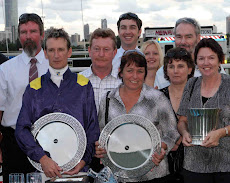
























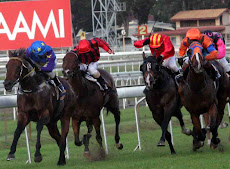
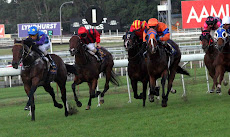
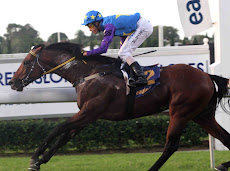
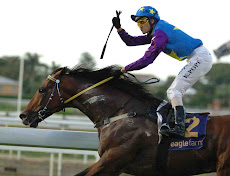













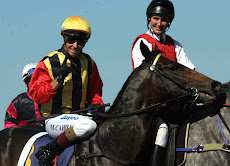

























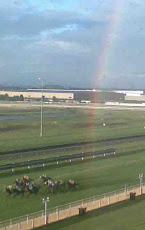



















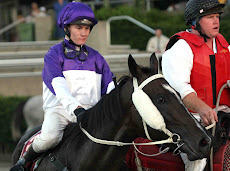














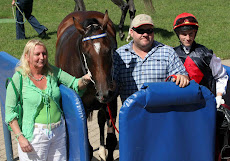








































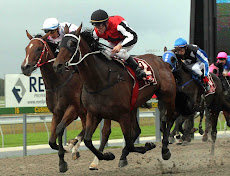































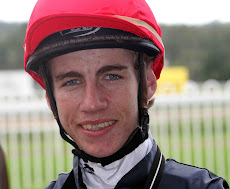






























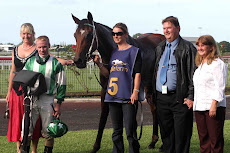
















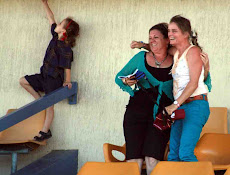









































































































































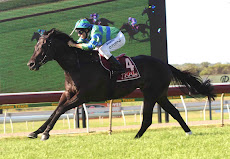








































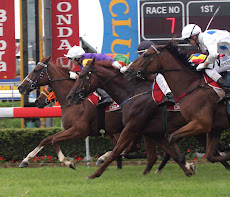

























































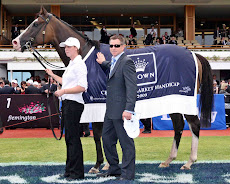
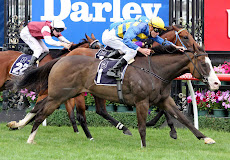
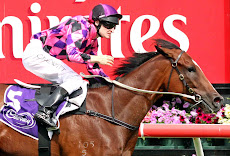
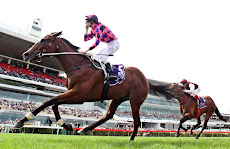



































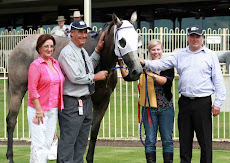
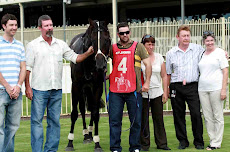













































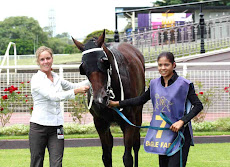


































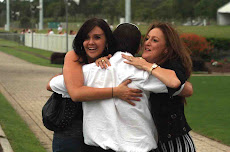









































































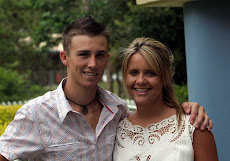













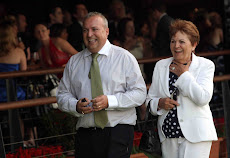




































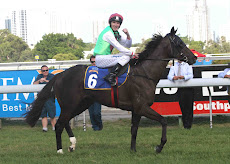



















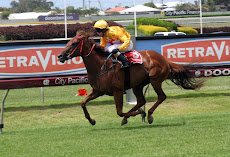
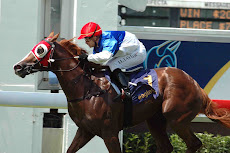




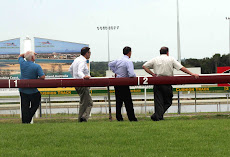


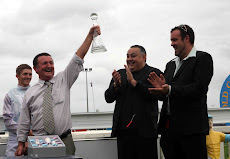



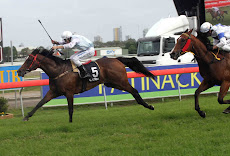



















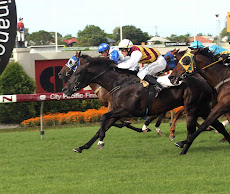





























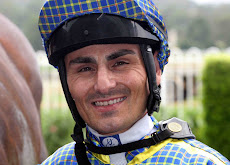



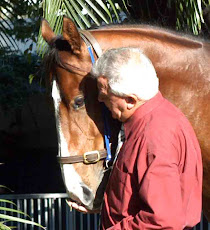
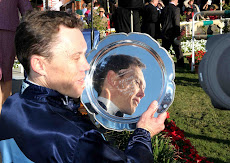








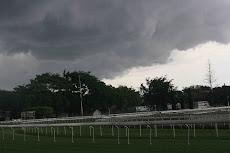













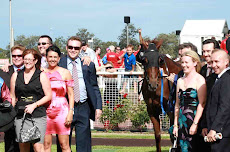






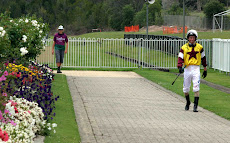







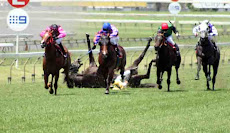



















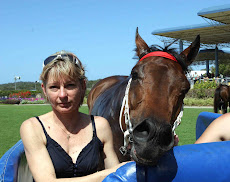







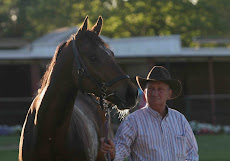

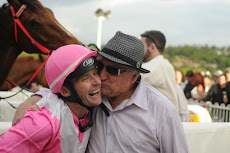

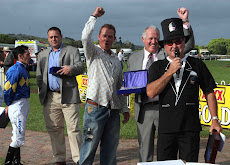


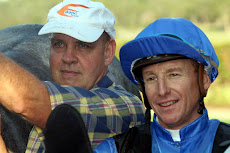



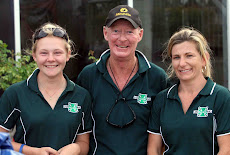











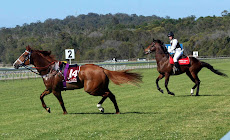




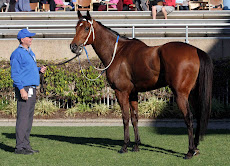


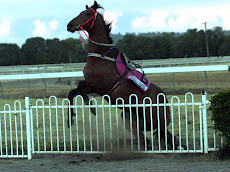
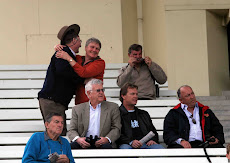

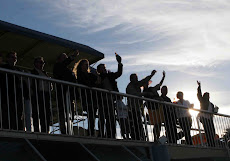








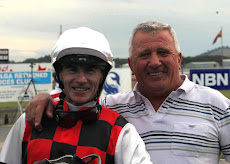
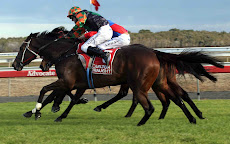
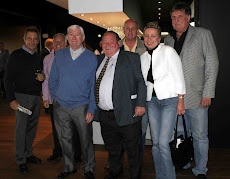
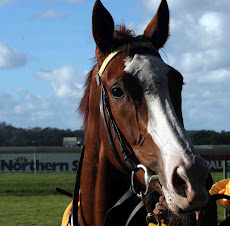
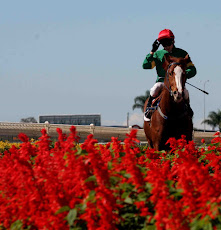
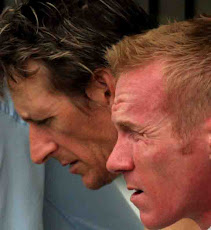

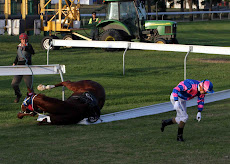
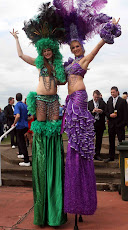
No comments:
Post a Comment